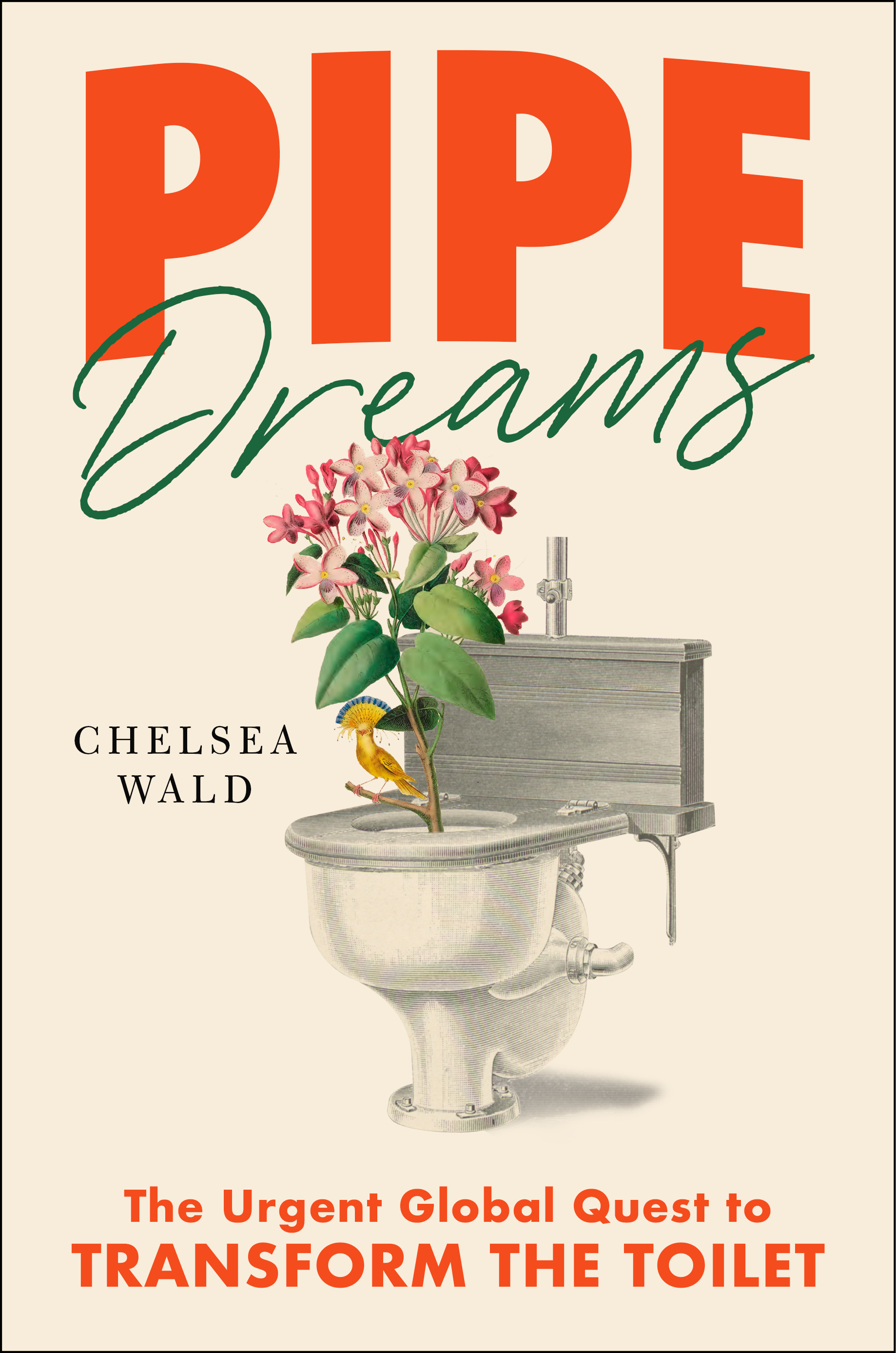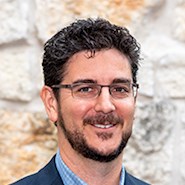Pipe Dreams: The Urgent Global Quest to Transform the Toilet,by Chelsea Wald. New York City: Avid Reader Press, 2021; 304 pages, $27.
One need only glance at the table of contents of Pipe Dreams to get a sense that, although the topic of her first book is a serious one with truly momentous global implications, science journalist Chelsea Wald knows that some good ol’ fashioned toilet humor might just make people pay more attention. Thus, chapter titles ranging from “Potty Talk” to “Giving a Crap.”
Wald also explains several other reasons for this approach. Most significant are that 1) the scientists, engineers, and others dedicating themselves to improving both toilet access and toilet technology unabashedly talk this way (including giving each other borderline scatological nicknames) and 2) the language taboos mirror the ways in which most of us simply avoid talking or thinking about toilet and sanitation issues, to the detriment of all.
With that — and the straightforward declaration that “poo” and “poop” will be her most frequent go-to terms in the book — Pipe Dreams launches into an examination of just how important toilets are as a tool of health, how much of the world lacks proper access to them, and the “new, global toilet revolution — a growing movement that has the goal of upending the way we manage our most basic bodily functions” in the name of health and sustainability.

One such approach is a Dutch vacuum toilet system that collects, concentrates, and anaerobically processes human waste in comparatively small local complexes rather than in a large central plant. The setup produces biogas that helps heat water, nitrogen that is released harmlessly into the air, and minerals that are used as fertilizer. The system even integrates food waste from in-sink garbage disposals to provide additional “fuel” for the microbes digesting the human waste as well as the grey water produced in homes through such water use as dish and clothes washing.
But this is just one example of “the new toilet science” aiming to replace the flush-toilet-to-wastewater-treatment model that many of us are familiar with. The vast array of ideas include composting toilets, facilities that help salvage toilet paper from sewage, smart toilets that will help monitor health and diagnose illness, and many other ideas to collect, treat, or reuse waste more effectively.
Wald readily admits that “no one concept has emerged as a winner” yet but that the champion of the “transformed toilet” derby should ideally be one that prevents both pathogens and human-made pollutants — including prescription drugs and microplastics — from entering the ecosystem; is inexpensive and flexible; is water- and energy-efficient; generates resources, including some that could be sold; and is appealing to use, among other factors.
Engagingly written, meticulously researched and referenced, Pipe Dreams — despite any misgivings you may have about its unavoidably fecal subject matter — is a rewarding and enlightening read.
Book cover courtesy of Avid Reader Press




